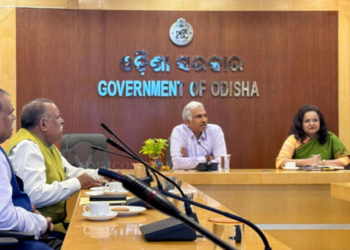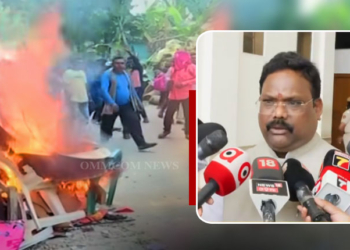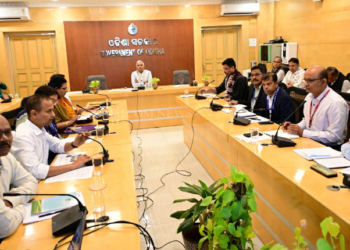Bhubaneswar: As the sun rises over Odisha, streets and courtyards come alive with the sounds of laughter, the rhythm of folk songs, and the swaying of girls on beautifully adorned wooden swings. With hands adorned in mehendi, feet painted with crimson alta, and hearts filled with joy, the state welcomes one of its most cherished festivals – Raja Parba.
Beginning this Saturday with Pahili Raja, the three-day celebration honours womanhood, fertility, and the sacred connection between women and the Earth.
Rooted deeply in Odia culture, the Raja Festival (pronounced raw-jaw) is a rare and progressive tradition that celebrates menstruation as a symbol of fertility and creation – both in women and in nature. The word “Raja” is derived from “Rajaswala,” referring to a woman in her menstrual phase. It is believed that during this time, Mother Earth, or Basumati, undergoes her own cycle and deserves rest from agricultural activity. Accordingly, all ploughing and tilling are paused in reverence for the Earth.
The festival unfolds over three days – Pahili Raja (the first day), Raja Sankranti (the second and most auspicious day), and Sesha Raja or Bhuin Dahana (the third day). A symbolic “Basumati Snana”, or bathing of the Earth, takes place on the fourth day, marking the conclusion of the festivities.
Women, especially unmarried girls, are at the heart of the celebration. Relieved from daily chores, they are encouraged to rest, dress in their finest sarees, and celebrate their femininity. Homes are decorated with colorful rangolis, and swings are fastened to mango and banyan trees. Songs of joy echo through villages and towns as girls sing Raja geet, share jokes, and play traditional games.
The culinary delights of Raja are no less significant. Kitchens brim with the aroma of poda pitha, a delicious rice cake made from rice flour, jaggery, coconut, and ghee, slow-cooked in earthen ovens. Women gather in groups to prepare large batches, exchanging stories and laughter while sharing the food with neighbours – a beautiful expression of community bonding.
Traditions also dictate that girls avoid walking barefoot, refrain from manual labour, and skip post-sunset meals during Raja, with the belief that it maintains physical balance and well-being.
Though it centres on women, the festival is a celebration for all. Men and boys join in the fun, playing games like taas (cards), ludo, kabaddi, and enjoying home-cooked feasts. For many, it is a time to return to their native homes, reconnecting with roots and childhood memories.
Beyond the colours and customs, the Raja festival carries a powerful message: menstruation is not taboo but sacred. It celebrates the cyclical rhythms of life, promotes rest and respect for both women and the Earth, and gently reminds us to live in harmony with nature.
(IANS)

















